Samoa travel tips
Samoa travel tips: Tropical paradise in the South Pacific with vibrant culture, pristine beaches, and warm hospitality, known for fa’a Samoa traditions.
Districts 🌎
Samoa travel tips. Here is a list of all the districts of the Samoa.

A’ana
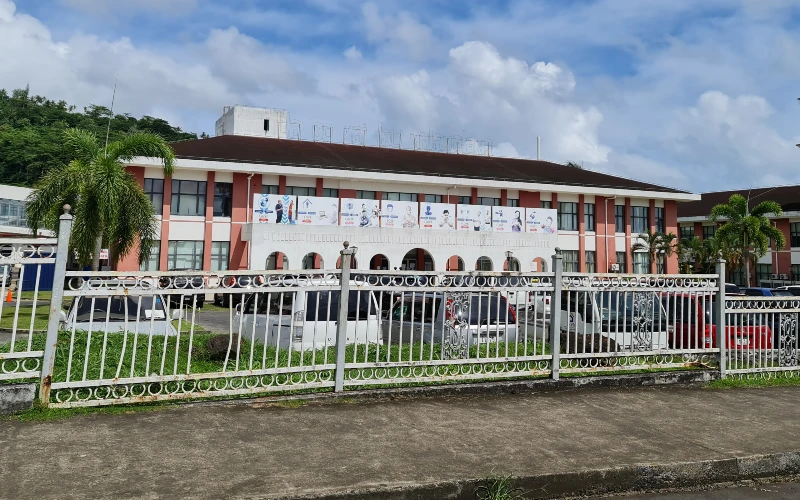
Aiga-i-le-Tai

Atua
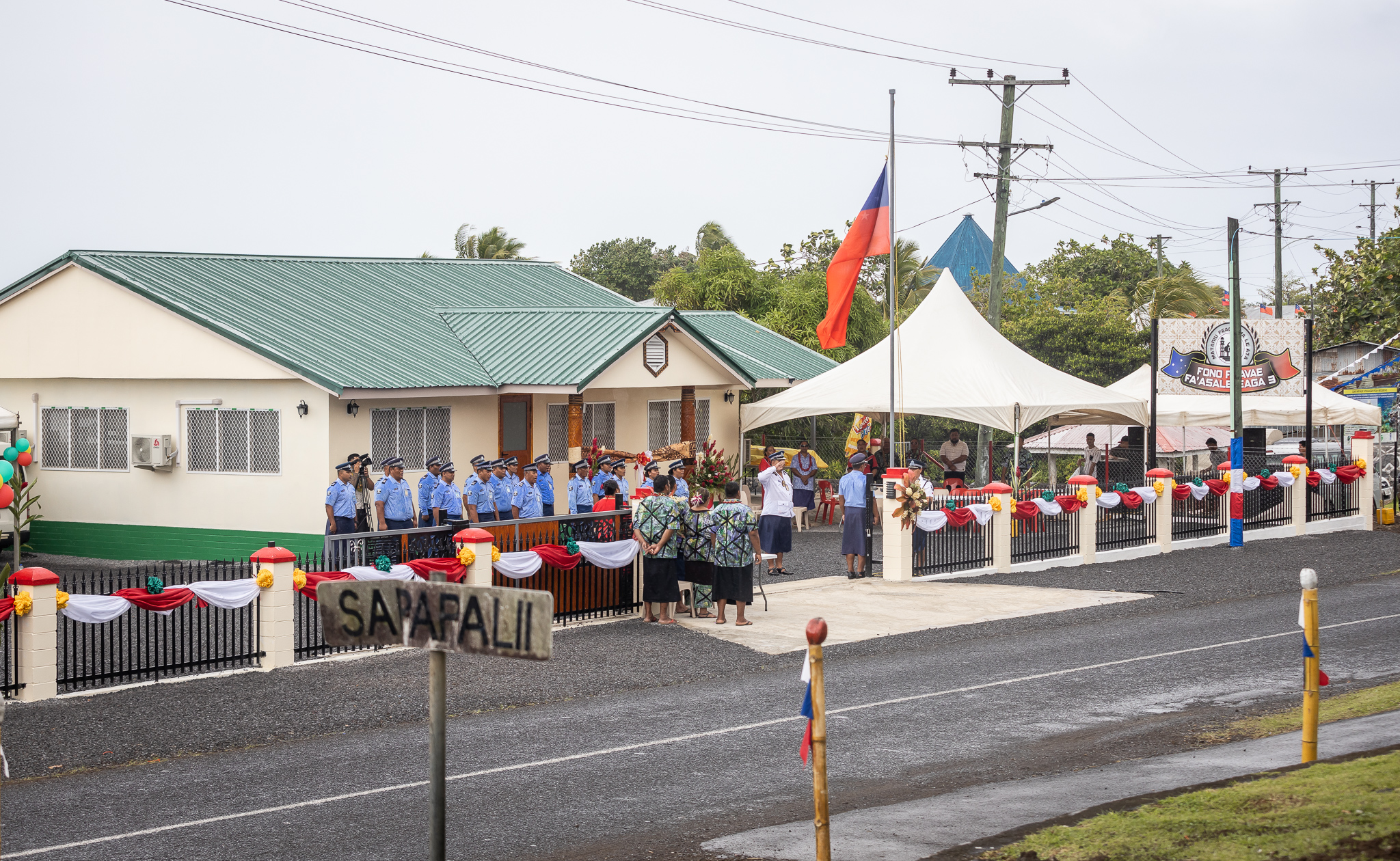
Fa’asaleleaga
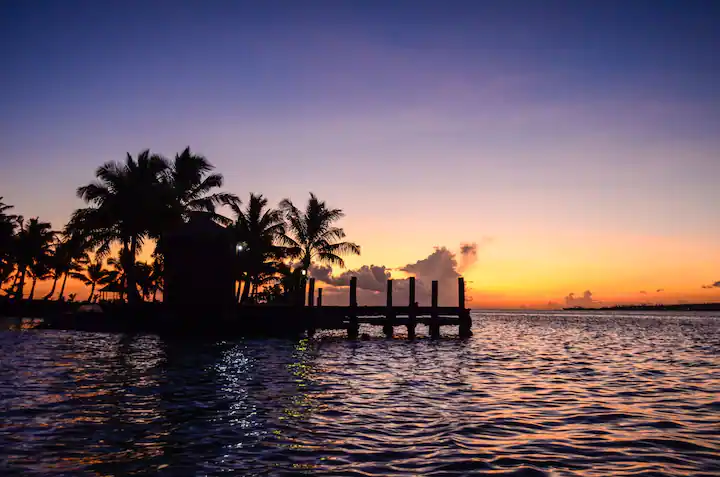
Gaga’emauga

Gaga’ifomauga
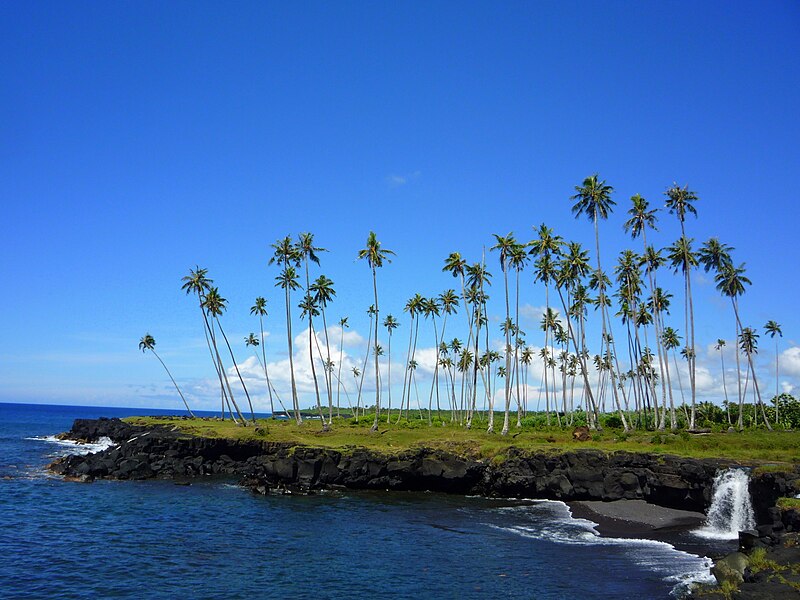
Palauli

Satupa’itea
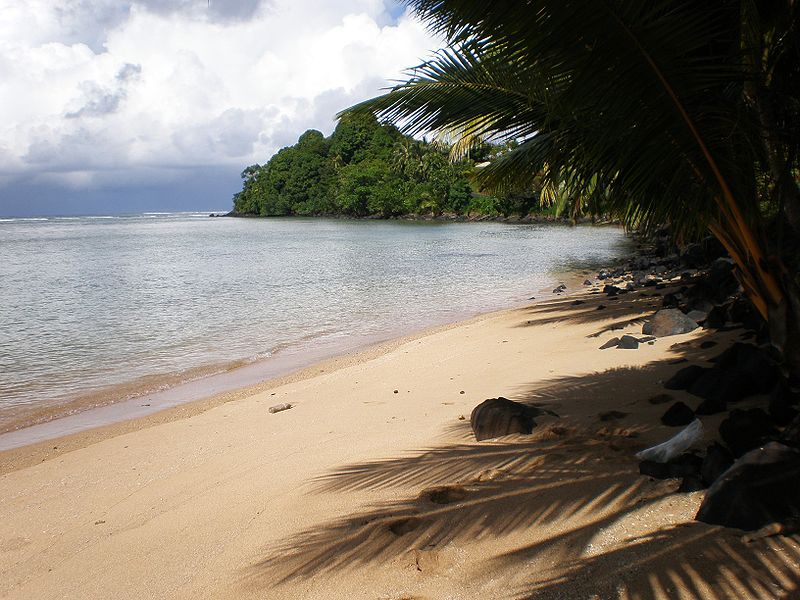
Tuamasaga
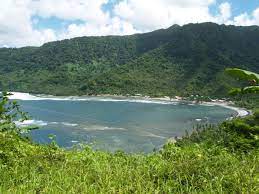
Va’a-o-Fonoti

Vaisigano
Before you go 🛩
Important information you should know before your trip
Info
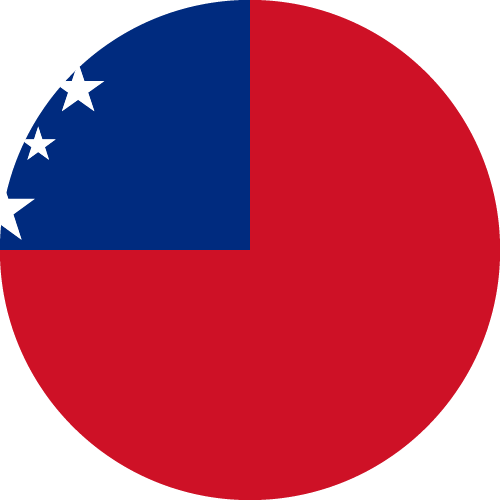
Capital | Apia
Flag Codes:
ISO alpha-2 WS,
ISO alpha-3 WSM
Currency
Badge | Samoan Tala
CODE | WST
NUMBER | 882
SYMBOL | T
FRACTION | penny
Mobile Coverage
Dialing Code | +685
SIM Card
Coverage | 3G / 4G / 5G |
Mobile Networks |

Location
Samoa is an island nation located in the South Pacific Ocean. It is situated in the region of Polynesia and is part of the geographical area known as Oceania. The country of Samoa consists of two main islands: Upolu and Savai’i, along with several smaller islands.
Upolu is the most populous and developed island, where the capital city of Apia is located. Upolu is also home to Samoa’s major airport, Faleolo International Airport. Savai’i is the largest and less populated island, known for its pristine natural beauty, volcanic landscapes, and traditional Samoan way of life.
Samoa is located south of the equator and is situated to the east of the international date line. It is approximately halfway between Hawaii and New Zealand. The country’s geographical coordinates are approximately between 13.5° and 14.5° South latitude and 171.5° and 173.5° West longitude.
The islands of Samoa are known for their lush rainforests, beautiful beaches, coral reefs, and warm tropical climate. The Samoan people are renowned for their rich cultural heritage, traditional customs, and warm hospitality.
Currency
The currency of Samoa is the Samoan Tala (WST).
The currency is denoted by the symbol “T$” and is subdivided into 100 sene.
Coins are available in denominations of 10, 20, and 50 sene, as well as 1 and 2 Tala.
Banknotes are issued in denominations of 2, 5, 10, 20, 50, and 100 Tala.
When visiting Samoa, it’s advisable to have local currency for day-to-day transactions.
You can obtain Samoan Tala by exchanging your currency at banks, exchange offices, or authorized currency exchange services.
It’s recommended to compare exchange rates and fees to get the best value for your money.
Credit cards are accepted at most hotels, larger establishments, and some restaurants in urban areas.
However, it’s a good idea to carry some cash for smaller businesses, markets, and more remote locations where card acceptance may be limited.
Languages
The official language of Samoa is Samoan. Samoan is a Polynesian language, and it is widely spoken by the majority of the population in Samoa. The language has deep cultural and historical significance and is an important part of Samoan identity.
English is also widely spoken and understood in Samoa, particularly in urban areas, government offices, and the tourism industry. Many Samoans are bilingual and can communicate effectively in both Samoan and English.
If you are planning to visit Samoa, knowing a few basic phrases in Samoan can be greatly appreciated by the locals and can enhance your cultural experience. Here are a few common greetings in Samoan:
- Talofa (tah-loh-fah) – Hello
- Fa’afetai (fah-ah-feh-tie) – Thank you
- Tofa (toh-fah) – Goodbye
Learning a few more phrases such as asking for directions, ordering food, or engaging in simple conversations can also be helpful and respectful.
The Samoan language has its own unique pronunciation and grammar, so it may take some practice to become comfortable with it. However, most Samoans are friendly and understanding, and they will appreciate your efforts to learn and use their language.
Climate 🌡
Samoa has a tropical climate with relatively consistent temperatures throughout the year. The climate is influenced by its location in the South Pacific and is characterized by warm temperatures, high humidity, and abundant rainfall. Here are some key features of the climate in Samoa:
Wet and Dry Seasons:
Samoa experiences a wet season and a dry season. The wet season typically runs from November to April, while the dry season spans from May to October. During the wet season, rainfall is more frequent and intense, often accompanied by tropical storms or cyclones. The dry season generally sees less rainfall and more stable weather conditions.
Temperatures:
Samoa has warm temperatures throughout the year, with only minor variations. Average temperatures range from around 23°C (73°F) to 30°C (86°F). The hottest months are usually December to March, during the wet season, while the coolest months are from June to August, in the dry season.
Humidity:
Samoa experiences high humidity levels, especially during the wet season. Humidity can range from 75% to 85% on average, making the air feel quite muggy. It’s advisable to dress in light, breathable clothing and stay hydrated when visiting Samoa.
Rainfall:
The wet season in Samoa brings significant rainfall, with the heaviest precipitation occurring between December and February. Rainfall during this period can be intense, contributing to the lush greenery and vibrant landscapes of the islands. The dry season sees less rainfall, but occasional showers are still possible.
Trade Winds:
Samoa benefits from trade winds that blow from the southeast for most of the year. These winds provide a cooling effect and help mitigate the high temperatures and humidity.
When planning your visit to Samoa, it’s important to consider the climate and weather conditions. The dry season (May to October) is often preferred by travelers, as it offers more stable and comfortable weather for outdoor activities such as beach visits, hiking, and exploring the islands. However, even during the wet season, Samoa’s tropical charm and natural beauty can still be enjoyed, although rainfall and tropical storms may affect travel plans.
Samoa travel tips
If you’re planning a trip to Samoa, here are some travel tips to enhance your experience:
Fiafia Nights:
Attend a traditional feast with dance, music, and cultural performances. Experience the warmth of Samoan hospitality during these lively events.
Lava Fields:
Witness the dramatic volcanic landscapes, especially around Saleaula.
Aggie Grey’s:
Stay at the historic Aggie Grey’s Hotel, a cultural landmark in Samoa. Immerse yourself in the rich history and charm of this iconic establishment.
Respect Nature:
Follow responsible tourism practices to preserve the pristine environment. Respect local wildlife and ecosystems during your explorations.
Transportation:
Utilize local buses for an authentic experience. Rent a car for flexibility in exploring remote areas. View Guide.
Cultural Etiquette:
Modesty is valued; cover up when visiting villages or religious sites. Always ask for permission before taking photos of locals.
Connect with Locals:
Participate in community events or village activities for an immersive experience. Learn about traditional crafts and skills from local artisans.
Enjoy your time in Samoa!

The best of the best
The cuisine of Samoa reflects the island’s Polynesian heritage and is known for its flavorsome dishes that incorporate fresh local ingredients.
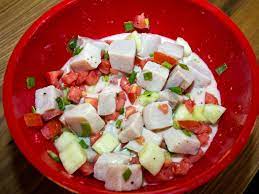
Oka
Oka is a popular Samoan dish made with raw fish marinated in coconut cream, lime juice, onions, and other seasonings.

Palusami
Palusami is a traditional Samoan dish made with taro leaves, coconut cream, onions, and sometimes corned beef or other fillings.

Sapasui
Sapasui, also known as Samoan chop suey, is a hearty noodle dish made with stir-fried vegetables, meat (usually chicken or beef), and noodles.
Here are some typical foods and dishes you can expect to find in Samoa:
Fa’apapa: Fa’apapa is a traditional Samoan coconut bread. It is made with coconut milk, flour, sugar, and yeast, resulting in a slightly sweet and soft bread that is often enjoyed for breakfast or as a snack.
Panikeke: Panikeke are Samoan-style pancakes made with flour, sugar, and yeast, similar to doughnuts. They are deep-fried and often served with coconut syrup or as a side dish to accompany savory meals.
Lu’au: Lu’au is a traditional Samoan feast that features a variety of dishes, including roast pig, taro leaves cooked in coconut cream, fresh seafood, and a range of tropical fruits. Lu’au is often prepared for special occasions and cultural events.
Pani Popo: Pani Popo is a popular Samoan dessert made with sweet coconut milk and baked bread rolls. The rolls are soaked in the coconut milk mixture, resulting in a soft and sweet treat.
Fresh Tropical Fruits: Samoa is abundant with tropical fruits such as bananas, papayas, coconuts, pineapples, and passion fruit. These fruits are enjoyed fresh or used in various dishes, desserts, and beverages.
When visiting Samoa, be sure to sample these traditional dishes and explore the local markets and eateries to discover the rich flavors of Samoan cuisine.
Transportation 🚥
More information about this country
Choose your destination 📍🗺
Useful Links ✅



